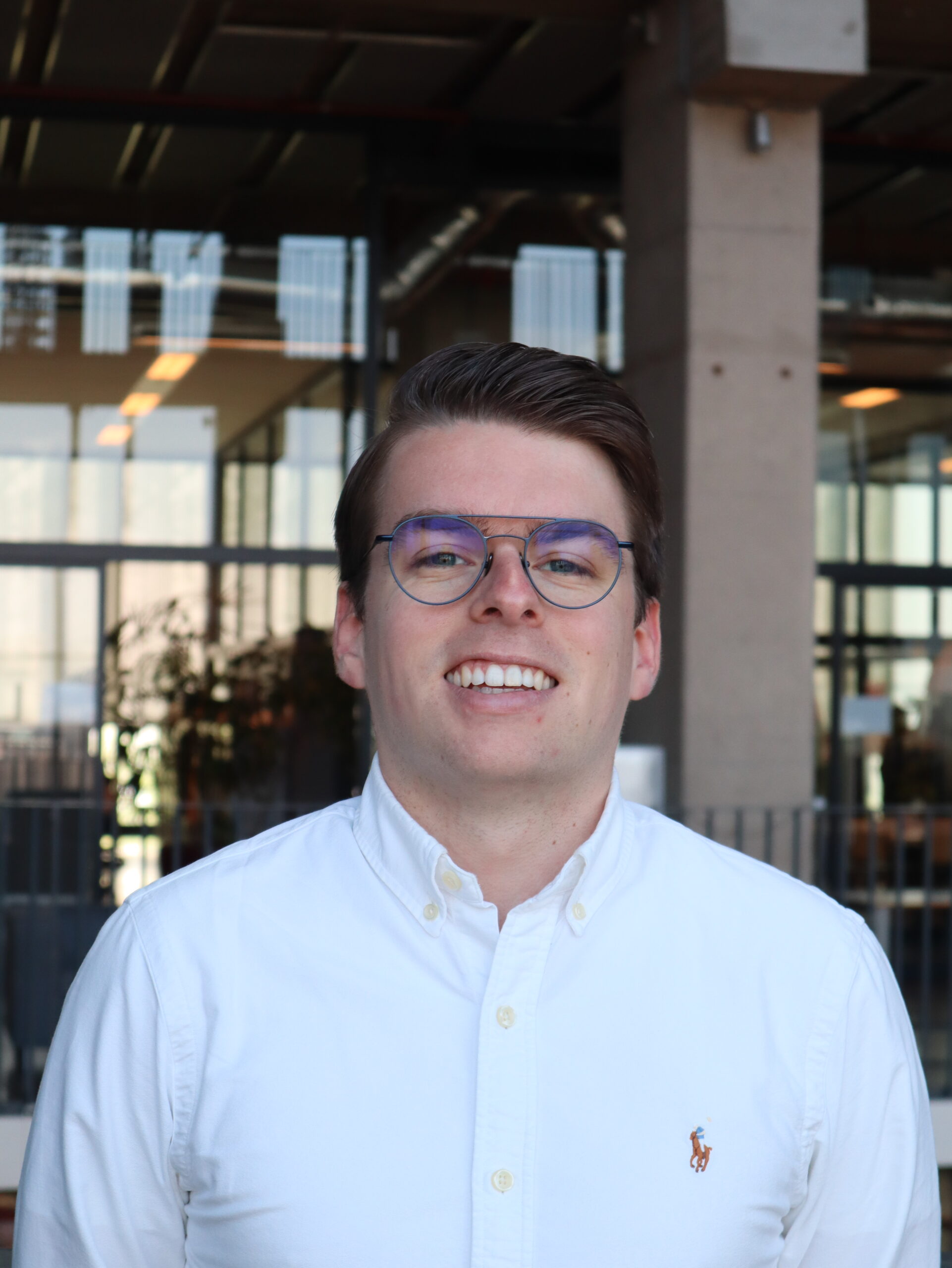Introduction Theme
Editie: 32 - Inner City Restructuring
Published on: 23 mei 2025
70% of all new housing in the Netherlands must be realized within inner-city areas. With this, the pressure on our cities is heavily intensified. Ground prices are skyrocketing, infrastructure is stretched thin, and the public domain must now serve more people with more diverse needs than ever before. A well-known example is the inner-city development in Eindhoven called KnoopXL, which alone promises around 6,500 homes. This ambitious redevelopment plan forms the heart of our city, Eindhoven, and therefore also the heart of this year’s magazine.
In this 32nd edition of Service Magazine, we delve into the state-of-the-art of inner-city redevelopment. By highlighting themes such as Mobility as a Service (MaaS), the Omgevingswet, participation, and digital twin technologies, we explore inner-city development not as a buzzword but as a multi-layered challenge.
We start by zooming out from Eindhoven and tackle the legal, social, and political undercurrents of urban transformation. Fred Hobma, professor at TU Delft, discusses in his article on the Omgevingswet the new planning instruments that promise to accelerate change. But in the end, he argues that it is our collective creativity that will determine how the city evolves. But how do we know which parts of the city can take on more density and which cannot? Through machine learning and spatial analysis, Republiq brings data into the densification debate. Arno Ruigrok illustrates that the answer is not just ‘build more housing’, but also reimagine mixed-use urban areas. Also, Jannes van Loon adds a critical note, questioning whether the two million homes planned for the Netherlands can realistically all fit within urban borders.
To ground these discussions, we shift our focus to KnoopXL, describing the opportunities and challenges of this large-scale inner-city redevelopment. Stefan Aalbersberg describes the unprecedented leap required to go from scattered plots to an integrated city district. Jeffrey Tsang highlights the dynamic coalition of public and private actors that makes such transformation possible. While Senqi Yang et al. introduce a fascinating digital layer: a VR-based digital twin environment where future public spaces are tested with real human behavior in mind. These articles show that it is not about just building faster, but smarter.
14 Years ago, in the 19th edition of Service Magazine, Friso de Zeeuw wrote an article about inner-city redevelopment. Now, more than a decade later, we asked him to revisit those observations in light of today’s context. This interview offers both a description of how the field has changed and a forward-looking vision of what is still needed. He ends up with great advice for our students.
Of course, change doesn’t happen in abstract plans; it happens in people’s backyards. And people don’t always welcome it. The story by Joep Dirx puts a spotlight on the tension between NIMBY and WIMBY. He explores how to turn opposition into ownership and resistance into enthusiasm.
The final section of this edition offers tools to act. Yannick Pagie presents a circularity timeline developed with 12 housing associations. This describes a practical framework for making lifecycle and material impacts visible and actionable. The article by TwynstraGudde complements this with a strategy for portfolio-level steering. Organizations must stop thinking in isolated projects and start navigating toward 2050 as one integrated system. Beneath it all lies a key question: who captures the value created by urban growth? The blog of PAS bv addresses this by examining the hidden forces that shape financial feasibility. Lastly, Koen Verspaij explores how MaaS can support sustainable model shifts, being especially critical in the inner-city mobility tightness.
We wrap up, fittingly, with a reflection. Aloys Borgers, who supervised over 200 graduation projects during his period at TU/e, offers insights on decades of research into urban systems and mobility. This article is complemented by research by graduate students from the past year. With this, the 32nd edition of Service Magazine comes to an end.
On the author: Tjeerd de Geus
| Editor. Student Construction Management & Engineering at the University of Technology Eindhoven |  |
Mail the editors